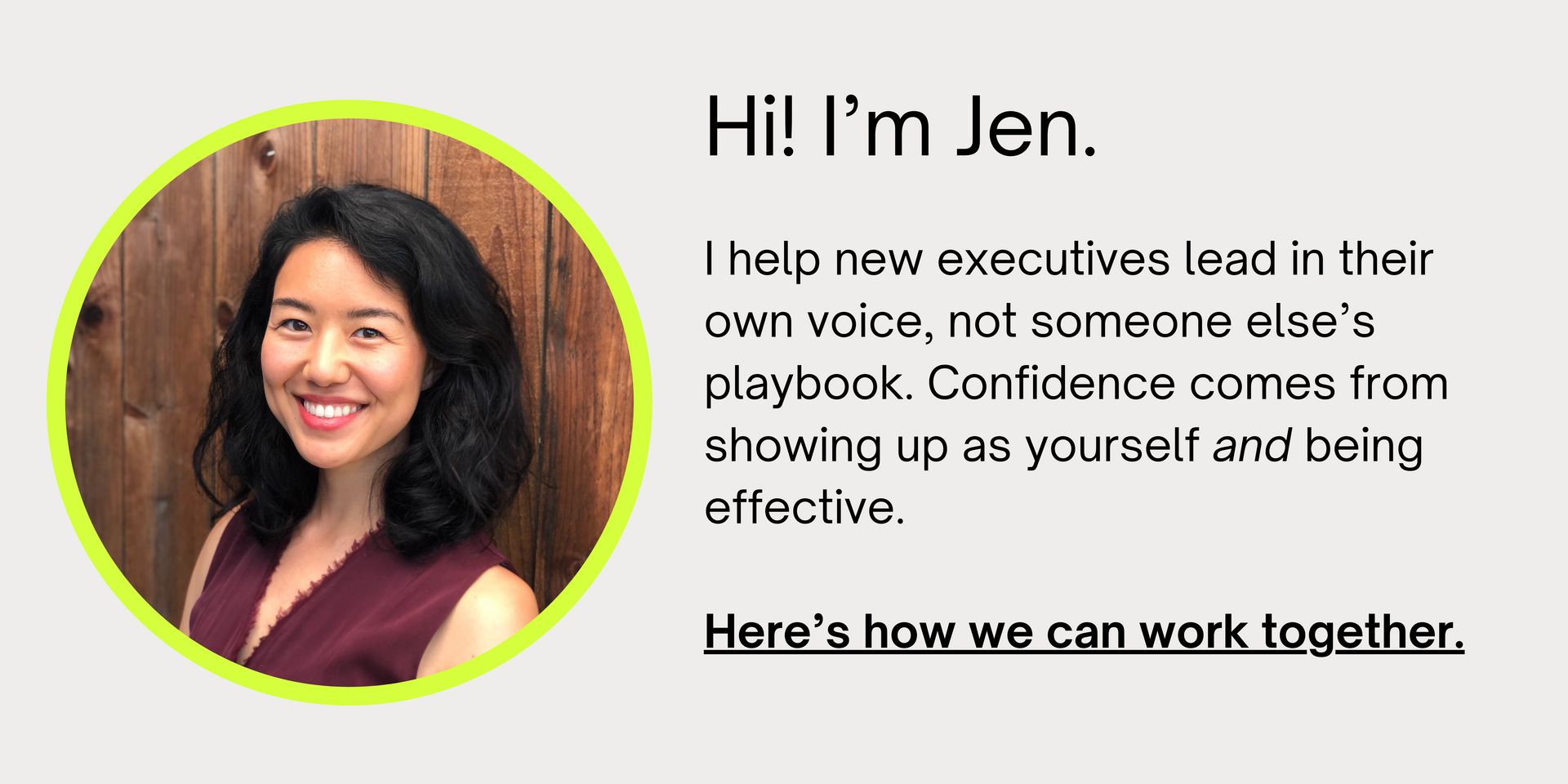- Inner Radio Newsletter
- Posts
- Three Words That Will Change How You Persuade
Three Words That Will Change How You Persuade
Inner Radio Executive Coaching Newsletter

The Problem
I can’t believe I’m having this conversation.
That’s the thought running through your head as you try (again) to persuade someone to do something.
Maybe you’re a General Manager pleading with your General Counsel to approve contract language that makes it easier for prospects to become clients.
Maybe you're a CMO who wants your friends in sales to adopt a new process.
Or maybe your peer, running their own department, still hasn’t fired the toxic employee whose behavior keeps spilling into your team.
Whatever the situation, you can’t believe you’re wasting precious breath debating the right next move. It’s just so obvious.
If you’re like 99% of people, when someone disagrees with you, you’ll do one of two things:
Repeat your argument
Point out the flaws in theirs
And when they hear you repeat your argument or highlight the flaws in theirs, they’ll do the exact same thing.
Back and forth you go in a torturous game of tug of war, exhausting yourself in the process.
Fun times.
The Discovery
What if I told you there’s a three-word phrase that could change the way you persuade and dramatically increase your chances of getting what you want?
In sales, I faced endless versions of no.
No, we’re staying with our existing vendor.
No, we won’t invite that stakeholder.
No, we don’t have budget.
…and had to persuade people to see things from a new angle.
At Stanford Graduate School of Business, where I facilitate leadership and communication courses, the “no’s” students face in case studies and role-plays are in a different context, but have the same pattern:
No, that’s not the right strategy.
No, we don’t need to change that process.
No, sending that message to the client would be disastrous.
…and leaders need to persuade people to do things they would otherwise not do.
Here’s the throughline across sales and leadership wisdom:
When someone disagrees with you, instead of repeating your argument or pointing out the flaws in theirs, try this three-word phrase:
Tell me more.
It sounds simple. It is. But simple is not easy.
The Experiment
Responding to disagreement with Tell me more is harder than it sounds. You will be screaming inside See it my way!! It’s easy to worry that if you let the other person talk, you’ll sound like you agree. You won’t.
This month your only assignment is: in the face of disagreement, resist the urge to immediately push your point of view. When people feel pushed, they push back.
The key here is sequence. Eventually, you will repeat your point of view. You will point out the flaws in theirs. But, the very first thing out of your mouth in response to hearing their side of things is a version of Tell me more that works for you:
Counterpart: No, we can’t use that contract language.
You: Can you say more? I want to understand better.
Counterpart: No, we don’t need to change that process.
You: What makes you say that?
Counterpart: No, firing that employee would be disastrous.
You: When you say disastrous, what do you mean?
Tell me more lowers defenses through invitation. Go a couple rounds of Tell me more before reframing your message. This time, with the benefit of the new information you’ve just earned.
The Takeaway
Remember, you push because you want the conversation over with. You can’t believe you’re still talking about this. And sure, the conversation might end, but not because you found a solution. It ends because you’re both too annoyed with each other to keep going.
Tell me more lowers the odds of a stalemate and unnecessary escalation.
Why? Because people are far more likely to listen to you once they’ve felt listened to.
In difficult conversations, some people steamroll. Some people dodge. I’ve found an invitation of Tell me more to be both the road less traveled and the path of least resistance.
Try it out. See what happens. And when you do—tell me more.
____________________________________
